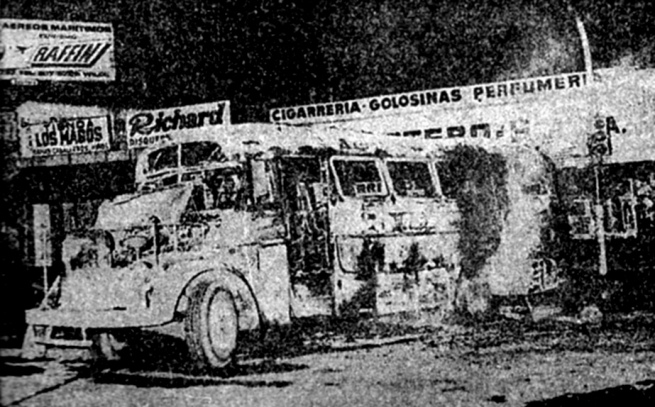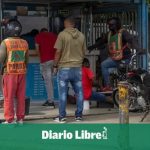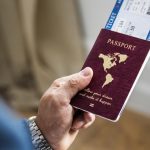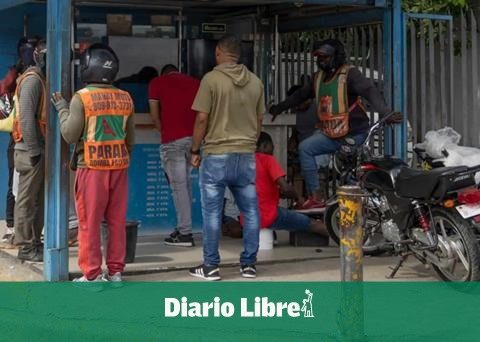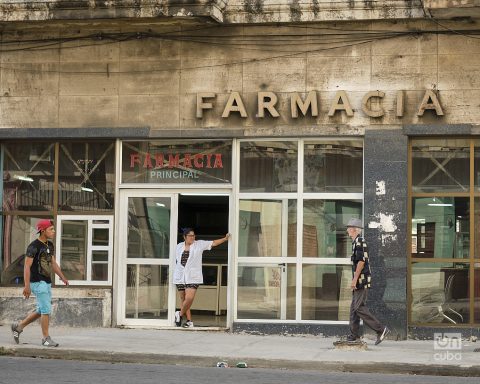On December 23 and 24, 1975, the People’s Revolutionary Army (ERP) attacked the arsenals battalion of the Domingo Viejo Bueno Army, in the town of Monte Chingolo, Buenos Aires province. A plan that the Army was warned about after having infiltrated the organization by the Army Intelligence Service (SIE). In a test scenario of what they would impose after the coup, the Argentine Army tortured and murdered the detainees after their surrender.
The progressive economic crisis installed since the democratic interruption, the political proscription and persecution, torture and extermination that began with the coup of 1955 would promote political violence that would lead to the active popular mobilization of May 1969 of the ‘Cordobazo’ where the urban guerrillas would emerge as a attempt to recover the loss of rights imposed on workers. Furthermore, following the Cuban model, they sought to replace what they interpreted as “the Armed Forces of the oligarchy” with “popular armed forces.”
It was arrived at the end of 1975 with a strong loss of the purchasing power of the workers by the “Rodrigazo”, a plan applied by the then Minister of Economy, Celestino Rodrigo (linked to López Rega) where a devaluation of 150 percent is decreed, a 200 percent rate hike and a 172 percent increase in fuel prices and inflation that would be around 300 percent.
On another level, there were clashes between far-right vigilante gangs and armed organizations. Meanwhile, the military party was already preparing a coup that they would carry out only three months later and with which they would multiply the repression and impose a neoliberal plan as in Chile.
The leadership of the ERP – the armed arm of the Workers’ Revolutionary Party (PRT) – then assessed that Argentina was going through a period of “mass ebb” that could be reversed if an event of great political and military significance occurred. The takeover of the Domingo Viejo Bueno regiment could, in addition, capture a large quantity of armament for the ERP.
The plan contemplated the action of more than a hundred combatants, backed by containment groups distributed throughout different parts of the Conurbano, with the purpose of preventing the mobilization of the security forces and the Army.
But the SIE had infiltrated the PRT, knew in advance of the attack and sabotaged the weapons that the guerrillas would use.
At twilight, a truck full of guerrillas broke into the barracks and they were surprised by Army troops who were waiting for them inside the unit and who, in a few hours, repelled the attack.
The final balance of the combat was an imprecise number of almost 70 members of the ERP killed in the barracks and in nearby areas, including some 30 detainees who were tortured and illegally shot; 40 civilians killed in the surroundings, and 10 soldiers and police killed.

The following day, the Ultima Hora media headlined “One hundred dead!” And added: “They besiege three hundred extremists in the Viejobueno unit.” From another place, a note in number 11 of the publication Evita Montonera, dated January 1976, described “28 dead in combat, 10 arrested and 23 disappeared.” Military reports confirmed the arrests. Days later, the PRT leadership carried out a review of what happened that it would publish in its Red Star.

The defeat at Monte Chingolo was a hard blow for the ERP, which in that battle where it lost many of its trained cadres. In the following months, the falls would multiply by tens. And the coup d’état of March 1976 found the guerrilla organization in retreat and with a very reduced operational capacity.
On July 19, 1976, Mario Roberto Agustín Santucho (the politician and guerrilla co-founder of the Workers’ Revolutionary Party and who commanded the ERP) and his deputy, Benito Arteaga, along with other members of the national leadership, were captured and assassinated in an operation in an apartment on Venezuela Street, in the Buenos Aires town of Villa Martelli. Santucho’s body, since then, has been missing.
